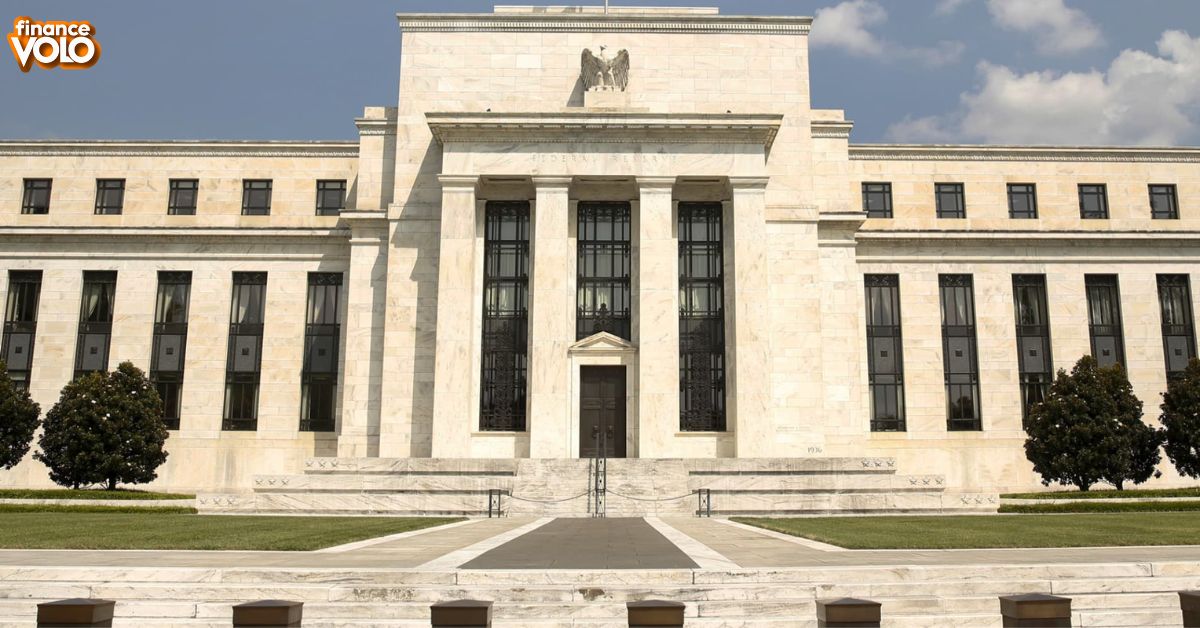The banking activities of the Fed include regulating banks and supervising their operations to ensure stability. The Fed conducts monetary policy to influence interest rates and the availability of money in the economy.
Dive into the realm of banking activities orchestrated by the Federal Reserve, or the Fed. From regulating banks to shaping monetary policy, the Fed’s influence ripples through the economy, affecting everything from interest rates to the availability of credit. Let’s explore how this powerhouse institution steers the course of the nation’s banking landscape.
Monetary Policy Implementation
Monetary policy implementation involves actions taken by central banks, like the Federal Reserve, to influence the availability and cost of money in the economy. Through tools like open market operations, where the Fed buys or sells government securities, they control the money supply and interest rates to achieve economic goals. By adjusting these levers, central banks aim to stabilize prices, foster maximum employment, and support sustainable economic growth.
This process is crucial for maintaining economic stability and responding to changing economic conditions. Central banks carefully monitor indicators like inflation, unemployment, and economic growth to determine the appropriate stance for monetary policy. By implementing effective monetary policy, central banks can mitigate the impact of economic downturns and steer the economy towards long-term prosperity.
Regulation and Supervision
Regulation and supervision are vital functions of the government and regulatory bodies overseeing financial institutions like banks. They ensure compliance with laws and regulations, maintaining the stability and integrity of the financial system. By monitoring activities and enforcing rules, regulators aim to protect consumers, investors, and the overall economy from risks.
These measures include setting capital requirements, conducting regular audits, and overseeing mergers and acquisitions within the banking sector. Through robust supervision, regulators strive to detect and prevent fraudulent activities, maintain market confidence, and uphold the trust in financial institutions.
Clearing and Settlement Services
Clearing and settlement services involve the processing and finalizing of financial transactions between banks and other financial institutions. These services ensure that payments and transfers are completed smoothly and securely, facilitating the movement of funds within the financial system.
The process includes verifying the authenticity of transactions, reconciling accounts, and transferring funds between institutions. By providing efficient clearing and settlement services, financial intermediaries help minimize transaction risks and enhance the overall stability of the financial markets.
Relates post: What Does Ach Stand For In Banking?
Payment services
Payment services encompass the various methods and systems used to transfer funds between individuals, businesses, and financial institutions. These services enable transactions such as purchases, bill payments, and fund transfers, contributing to the smooth functioning of the economy.
Common examples of payment services include credit and debit cards, wire transfers, direct deposits, and mobile payment apps. By offering secure, convenient, and reliable payment options, financial institutions facilitate economic transactions and support the growth of businesses and commerce.
Currency Distribution
Here are some information about currency distribution
Cash Usage Trends
Cash usage trends are shifting as digital payment methods become more prevalent, impacting traditional currency distribution channels. Despite the rise of digital transactions, cash remains widely used for small-value transactions and by segments of the population with limited access to banking services.
Accessibility Issues
Accessibility issues in currency distribution persist, particularly in rural and underserved areas where access to banks and ATMs is limited. Innovative solutions like mobile banking and cash-sharing networks aim to address these challenges and ensure equitable access to cash services.
Security Concerns
Security concerns in currency distribution include threats such as counterfeiting, theft, and cyberattacks, necessitating advanced security measures and vigilance. Enhanced security features and cash-tracking systems are employed to mitigate these risks and safeguard the integrity of the currency supply.
Future Directions
Future directions in currency distribution may involve the adoption of central bank digital currencies (CBDCs) and advancements in cash logistics technology. These innovations aim to enhance the efficiency, security, and accessibility of currency distribution while adapting to evolving consumer preferences and technological trends.
Emergency Lending
Emergency lending refers to the provision of financial assistance by central banks to distressed financial institutions during times of crisis. This assistance is aimed at stabilizing the financial system, preventing systemic risks, and restoring market confidence.
During emergencies like financial panics or economic downturns, central banks may offer emergency loans or liquidity support to banks facing funding shortages. These loans are typically provided at favorable terms and are intended to be temporary measures to alleviate financial stress and prevent the collapse of critical institutions.
Research and Economic Analysis
Research and economic analysis involve the study and interpretation of data to understand economic trends and inform policy decisions. Central banks like the Federal Reserve conduct extensive research on various economic indicators, including inflation, unemployment, and GDP growth.
Through economic analysis, central banks can assess the health of the economy, identify potential risks, and formulate appropriate policy responses. By staying informed about economic developments and trends, central banks can effectively implement monetary policy measures to achieve their objectives of price stability, maximum employment, and sustainable economic growth.
Consumer Protection
Consumer protection encompasses measures aimed at safeguarding the rights and interests of consumers in financial transactions. Regulatory agencies, such as the Consumer Financial Protection Bureau (CFPB), enforce laws and regulations to ensure fair and transparent practices by financial institutions.
These measures include regulating lending practices, disclosing terms and fees, and addressing consumer complaints and disputes. By promoting transparency and accountability in the financial sector, consumer protection efforts aim to enhance consumer confidence, foster trust, and mitigate the risks of financial exploitation or fraud.
Frequently Asked Questions
What is the primary banking activity of the Fed?
The primary banking activity of the Fed is conducting monetary policy to influence interest rates and the money supply.
How does the Fed regulate banks?
The Fed regulates banks by setting capital requirements, conducting audits, and overseeing mergers and acquisitions to maintain stability in the financial system.
What role does the Fed play in currency distribution?
The Fed manages the supply of currency, orders newly produced currency, and distributes it to banks and financial institutions across the country.
How does the Fed protect consumers in financial transactions?
The Fed protects consumers by regulating lending practices, enforcing transparency, and addressing complaints and disputes through agencies like the Consumer Financial Protection Bureau.
What is the importance of research and economic analysis for the Fed?
Research and economic analysis help the Fed understand economic trends, identify risks, and formulate effective monetary policy responses to achieve its objectives.
Related post: What Is Plaid Banking?
Final Words
The Federal Reserve, or the Fed, engages in various banking activities crucial for the stability and functioning of the economy. One primary activity is conducting monetary policy, which involves influencing interest rates and the money supply to achieve economic goals like price stability and maximum employment. The Fed regulates and supervises banks to ensure compliance with laws and regulations, maintain stability, and protect consumers in financial transactions.
The Fed plays a significant role in currency distribution by managing the supply of currency, ordering new currency production, and distributing it to banks and financial institutions nationwide. Research and economic analysis are also essential banking activities for the Fed, helping policymakers understand economic trends, assess risks, and formulate effective monetary policy responses to maintain a stable and prosperous economy.
Related post: what is apy in banking?














